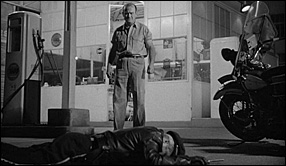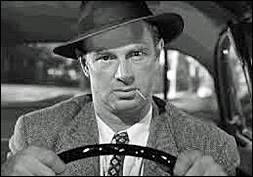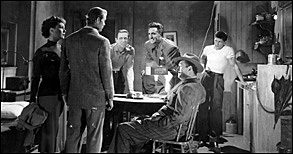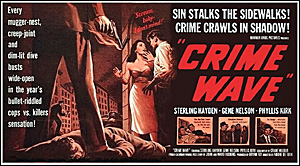Sun 10 Dec 2017
MICHAEL CONNELLY – Echo Park. Harry Bosch #12. Hachette, hardcover, 2006; paperback, August 2007.
What struck me most about Echo Park, a Michael Connelly thriller, was how well it captured the geography of Los Angeles and Burbank, two cities I am very familiar with. It’s that sense of place, that gritty urban realism, which makes this entry in Connelly’s Harry Bosch police detective series a worthwhile read. That’s not to say that’s it’s not a good thriller in and of itself. It is. It’s just that that the geography and topography featured in the work is, to my mind anyway, just as important as plot and character.
For those not familiar with Harry Bosch, he’s Connelly’s best known fictional creation, a Vietnam veteran turned LAPD detective, the type of guy who plays by his own rules and has his own particular code of honor. In this twelfth book in the series, his code of honor makes him dogged in his pursuit of justice for the murder of Marie Gesto, a young woman who disappeared in 1993. Flash forward to 2006 and Bosch still hasn’t put anyone behind bars for the crime, and he hasn’t been able to deliver closure to the poor girl’s parents in Bakersfield.
Through luck or something far more sinister, Bosch learns that a serial killer by the name of Raynard Waits is willing to confess to the murder of Marie Gesto. But there’s something off about this strange man’s willingness to confess to the crime. He wasn’t even on Bosch’s radar in 1993. Bosch had always thought that the son of a wealthy LA businessman was the likely culprit. Echo Park follows Bosch as he navigates not only Los Angeles, but also the byzantine internal politics of the LAPD. Along the way we meet a sleazy lawyer, an ambitious prosecutor, an FBI agent who may be in love with Bosch, and a coterie of police officers.
I found Echo Park to be an engrossing read, what some critics would consider the hallmark of a successful work of commercial fiction. What the novel lacks in depth, it more than makes up for in forcing the reader to discover what comes next. However, when all was said and done, I can’t say that I found the villains in the work to be particularly compelling. But the geography and sense of place certainly are. This is a work of Los Angeles crime fiction par excellence.




